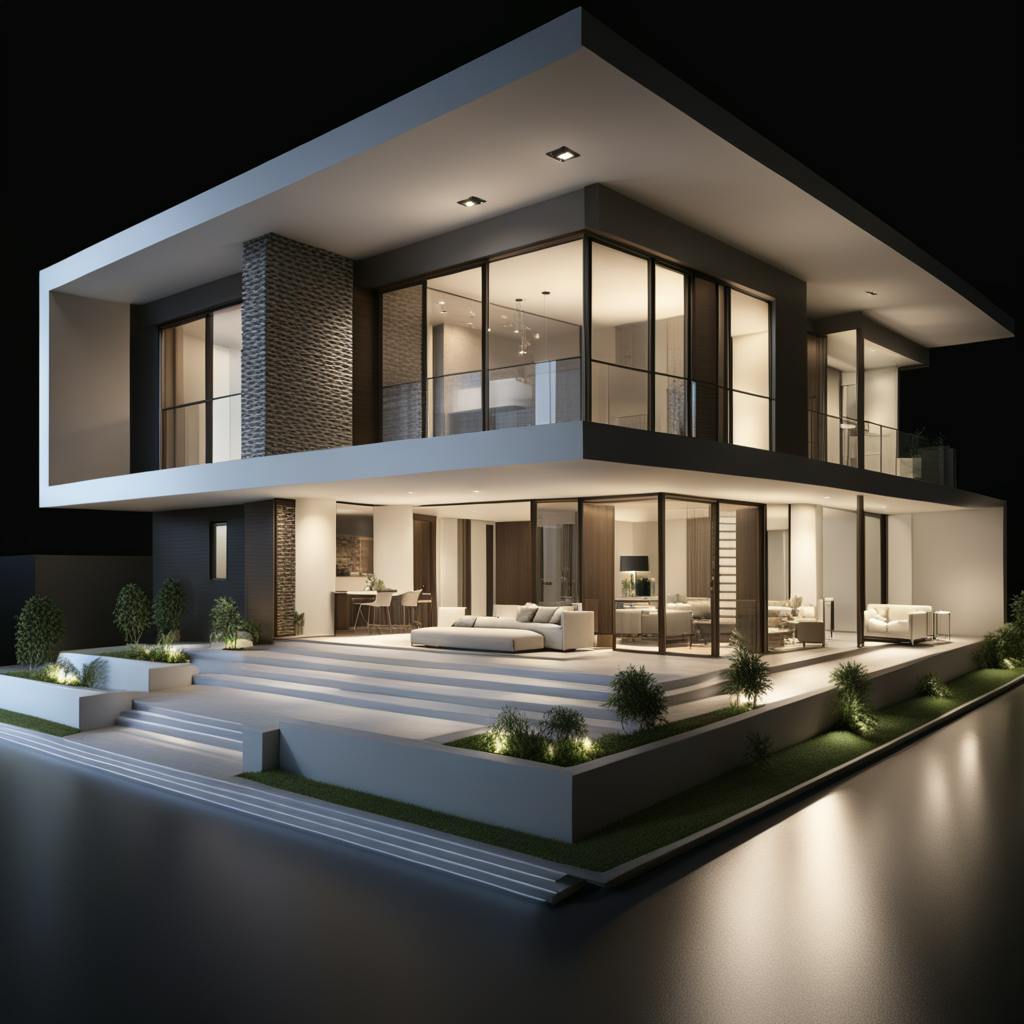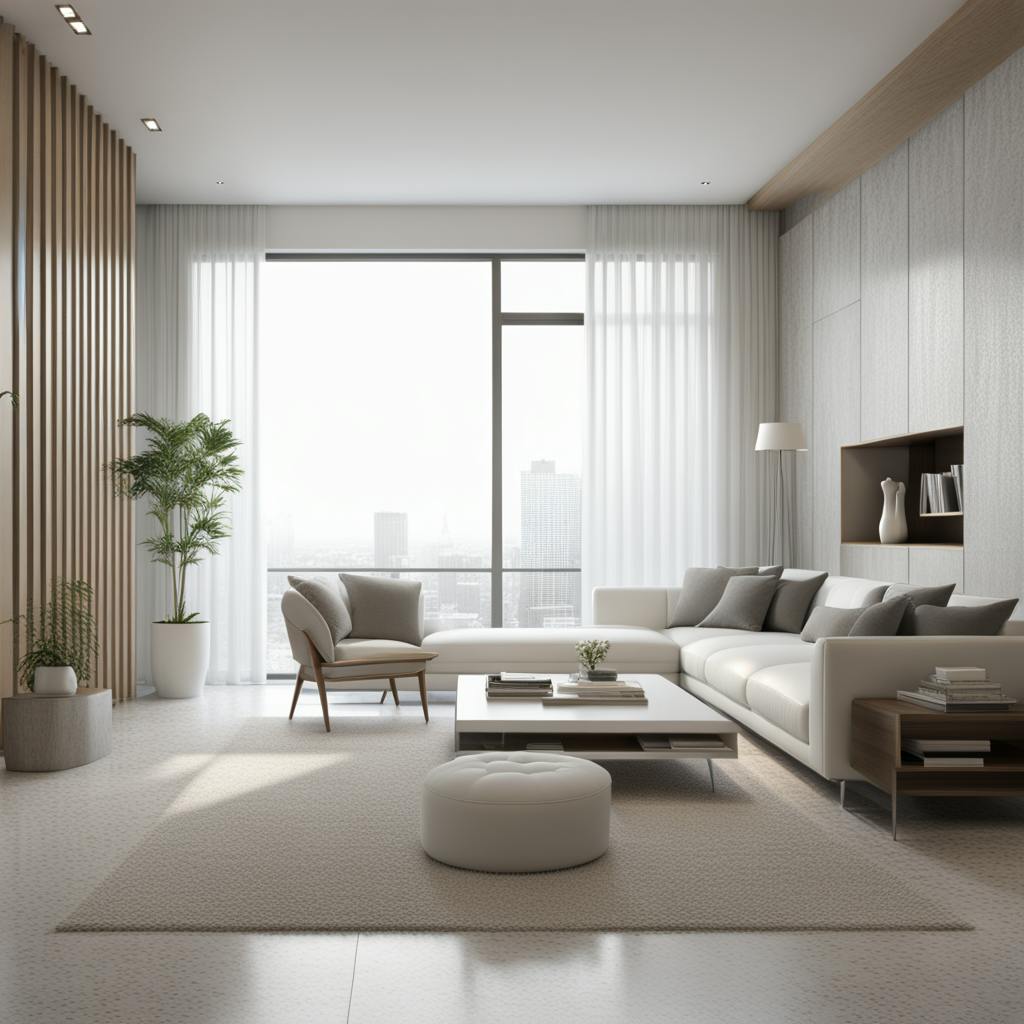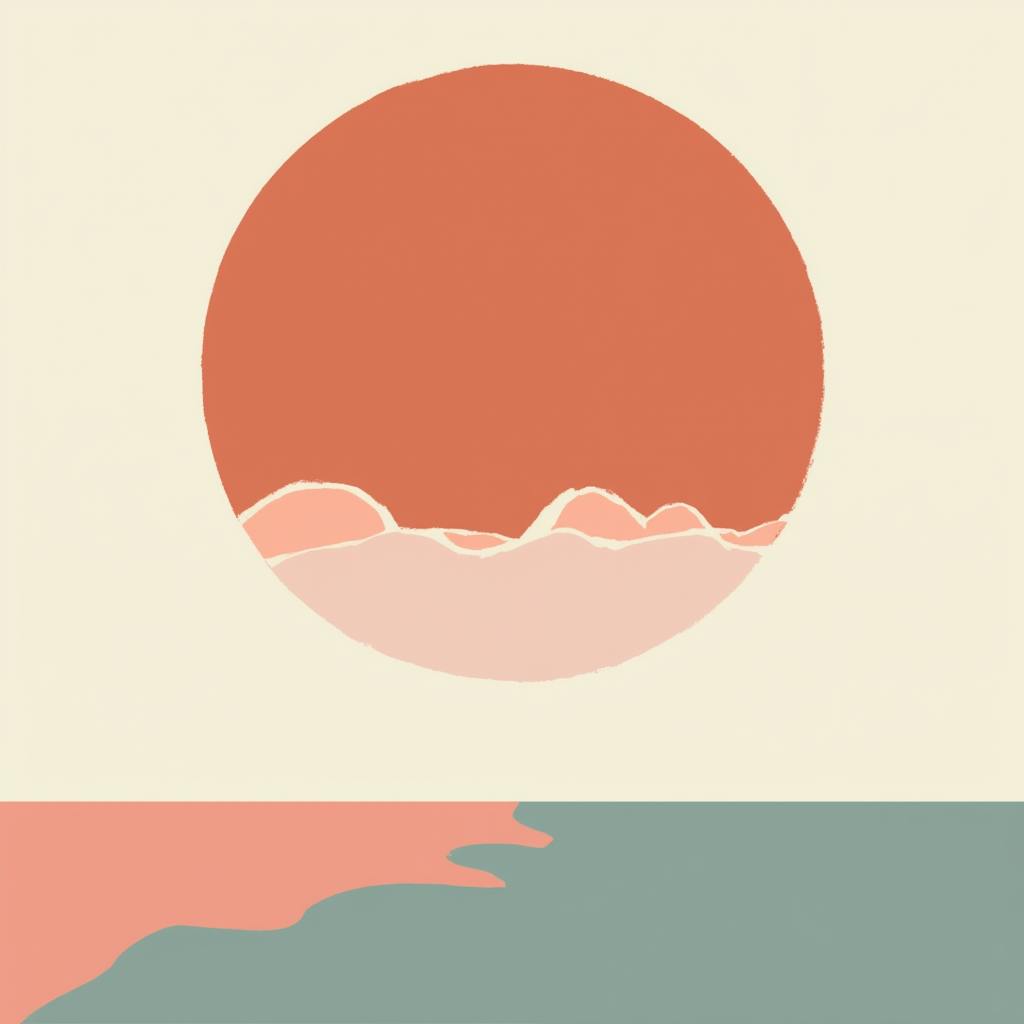Understanding the ‘definition du design’ is crucial for anyone venturing into the creative disciplines or employing design principles in their work. At its core, design encompasses a broad spectrum of activities geared toward solving problems creatively and aesthetically. From crafting visually compelling graphics to engineering user-friendly interfaces, the concept of design is omnipresent across industries. This article will delve into what design truly means, its multidimensional impact, and address common questions to clarify the ‘definition du design.’
What is Design?
The Fundamental Concept of Design
At its essence, the concept of design involves the planning and creation of objects, systems, and experiences. It is a deliberate and methodical process aimed at achieving particular objectives within constraints such as functionality, aesthetics, and usability. Whether it’s product design, graphic design, or user experience (UX) design, the underlying principle remains the same: to marry form with function in meaningful ways.
Definition du Design
The term ‘definition du design’ specifically encapsulates this multifaceted nature of design. It is about organizing elements to provide solutions that improve the human condition, cater to user needs, and elevate aesthetic appeal. The ‘definition du design’ is not confined to a single field or medium; rather, it extends across various disciplines including industrial design, interior design, fashion design, and more. For example, Apple's product design is renowned for its seamless integration of form and function, illustrating the 'definition du design' in consumer electronics.
Expanding Key Points
- Design Meaning and Purposes: Design meaning can vary greatly depending on the context. In a broader sense, design is the application of intent—translating abstract ideas into tangible, functional outputs. One of its primary purposes is problem-solving, which can range from everyday challenges to complex systemic issues.
- Functional and Aesthetic Balance: For instance, in product design, the aim is to create items that are not only functional but also visually pleasing. This balance ensures that the product meets user needs effectively while also offering an engaging user experience. A perfect example is Tesla's electric cars, which combine innovative functionality with sleek, futuristic aesthetics.
Design Thinking
Design thinking is an iterative process that designers use to tackle problems. It involves stages such as Empathize, Define, Ideate, Prototype, and Test. This human-centered approach is invaluable for creating solutions that resonate deeply with users. IDEO, a global design company, has popularized design thinking by applying it to create everything from products to business strategies.

AI made with Christophe Vacher
FAQs on What is the Concept of Design
Is design only about aesthetics?
While aesthetics are a crucial aspect, design is fundamentally about solving problems and meeting user needs through functional and aesthetically pleasing solutions. Consider the graphic design of Coca-Cola’s logo, which is both visually appealing and effective in conveying the brand’s identity globally.
Can design be applied to non-physical products?
Absolutely. Design principles can be applied to services, experiences, and even organizational structures. For example, user interface (UI) and user experience (UX) design deal with digital spaces to enhance user interaction and satisfaction. Netflix’s user interface exemplifies superior UX design by offering personalized content recommendations to users.
How does one become proficient in applying design concepts?
Mastery in design involves both formal education and practical experience. Familiarity with design thinking methodologies, coupled with a lot of practice in various projects, helps in honing design skills.
FAQ: Understanding the Definition of Design
What is the formal definition of design according to experts in the field?
Design is a multifaceted concept, but it can be formally defined as the intentional creation of a plan or convention for the construction of an object, system, or measurable human interaction. According to the International Council of Societies of Industrial Design (ICSID), now rebranded as the World Design Organization (WDO), design is described as "The intellectual and physical activity concerned with the realization of artifacts, environments, and systems." This broad definition encompasses various disciplines and emphasizes the creativity, problem-solving, and planning aspects inherent in the design process.
How has the meaning of design evolved over the years?
The meaning of design has undergone significant evolution, especially as technological and societal changes have occurred. Initially, design was closely associated with craftsmanship and the aesthetic beautification of objects. For example, during the Renaissance, design was synonymous with fine arts, merging functional and decorative elements.
As industrialization took hold in the 18th and 19th centuries, the focus shifted to functionality and mass production. Design became crucial in creating efficient, reproducible products. The Bauhaus movement in the early 20th century further revolutionized design by emphasizing the integration of art, craft, and technology.
In contemporary times, design transcends mere aesthetics or functionality. It now includes human-centered approaches, sustainability, ethical considerations, and user experience. Modern design thinking emphasizes empathy, interdisciplinary collaboration, and iterative testing to solve complex problems in innovative ways.

AI made with Christophe Vacher
What impacts or influences does design have in various fields?
Design impacts and influences a myriad of fields, often transforming how we interact with the world. Here are a few notable areas:
- Product Design: Enhances usability, aesthetics, and functionality of consumer and industrial products. Dyson's vacuum cleaners are a testament to innovative product design, combining cutting-edge technology with user-friendly features.
- Graphic Design: Communicates messages effectively through visual media, impacting branding, marketing, and publishing. The Nike swoosh is a powerful example of graphic design that has become an iconic symbol worldwide.
- Architectural Design: Affects how spaces are conceived and utilized, influencing urban planning, sustainability, and human well-being. The Guggenheim Museum in Bilbao exemplifies architectural design that transforms a city's image and attracts global tourism.
- UX/UI Design: Shapes how users interact with digital interfaces, improving accessibility, user satisfaction, and engagement. Airbnb's user interface design has successfully simplified the process of finding and booking accommodations worldwide.
- Service Design: Improves the quality and efficiency of services across various sectors, including healthcare, public services, and customer service. Starbucks' service design ensures a consistent and welcoming customer experience globally.
- Fashion Design: Influences cultural trends, identity, and the global economy through clothing and accessories. Chanel's timeless designs continue to impact fashion trends and consumer preferences.
- Interior Design: Enhances the functionality and aesthetic of indoor spaces, affecting mood, efficiency, and comfort. IKEA's interior solutions demonstrate how design can maximize small living spaces efficiently.
Overall, design is integral to solving human problems, driving innovation, and fostering economic growth.
In dissecting the ‘definition du design,’ we find that design is a multifarious field that transcends aesthetic considerations to address functional and experiential needs. From its foundational role in problem-solving to its impact on user satisfaction and aesthetic appeal, the concept of design is integral to innovation across numerous disciplines. By examining what design truly means, its core purposes, and common inquiries, we can appreciate its wide-ranging impact. Thus, the ‘definition du design’ is not merely about creating visually appealing items but also about enriching human experiences and solving real-world problems.
Understanding the true essence of design equips us to harness its full potential. Whether you're a seasoned designer or a newcomer, internalizing these principles can lead to more impactful and meaningful creations.

